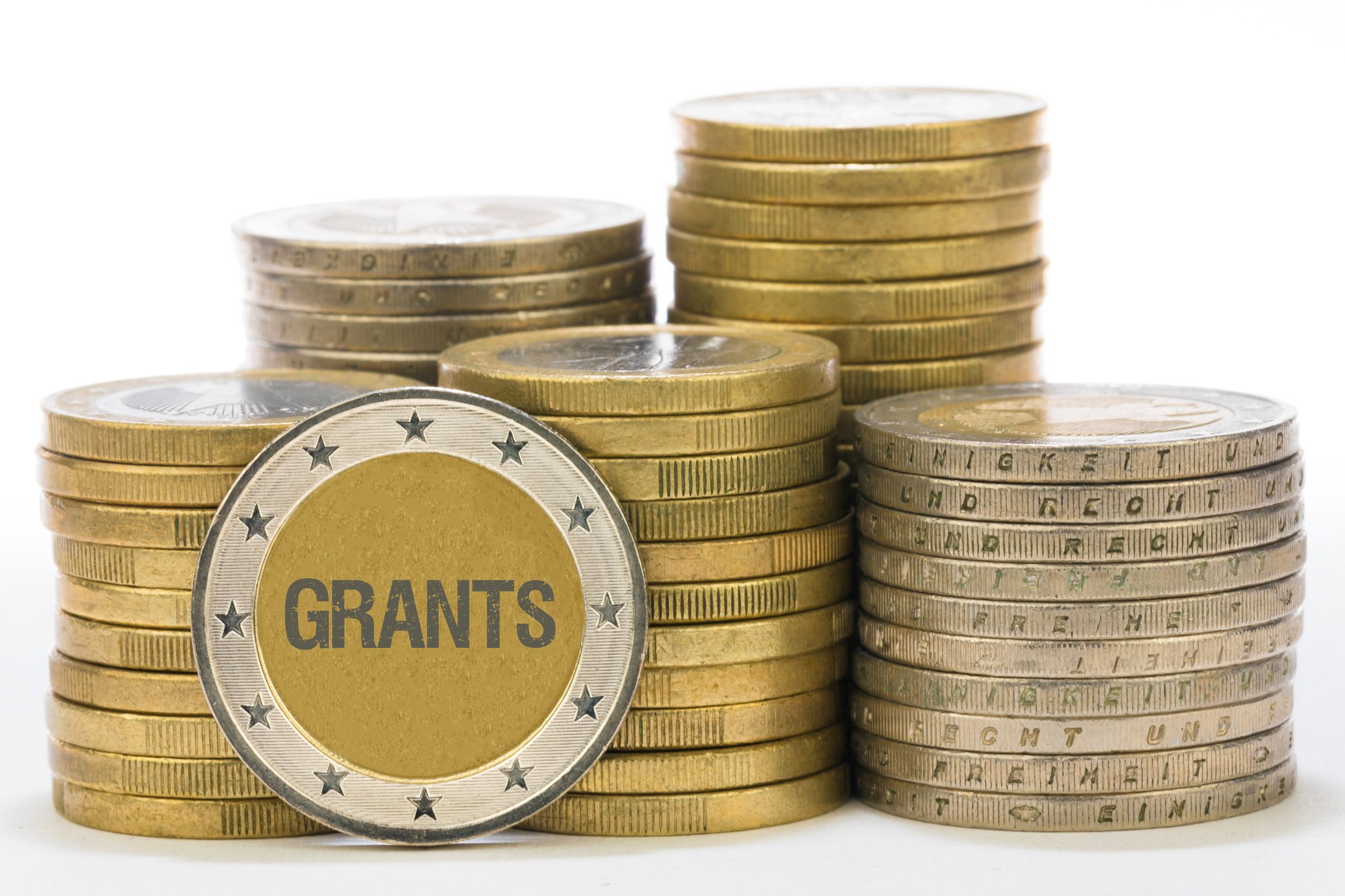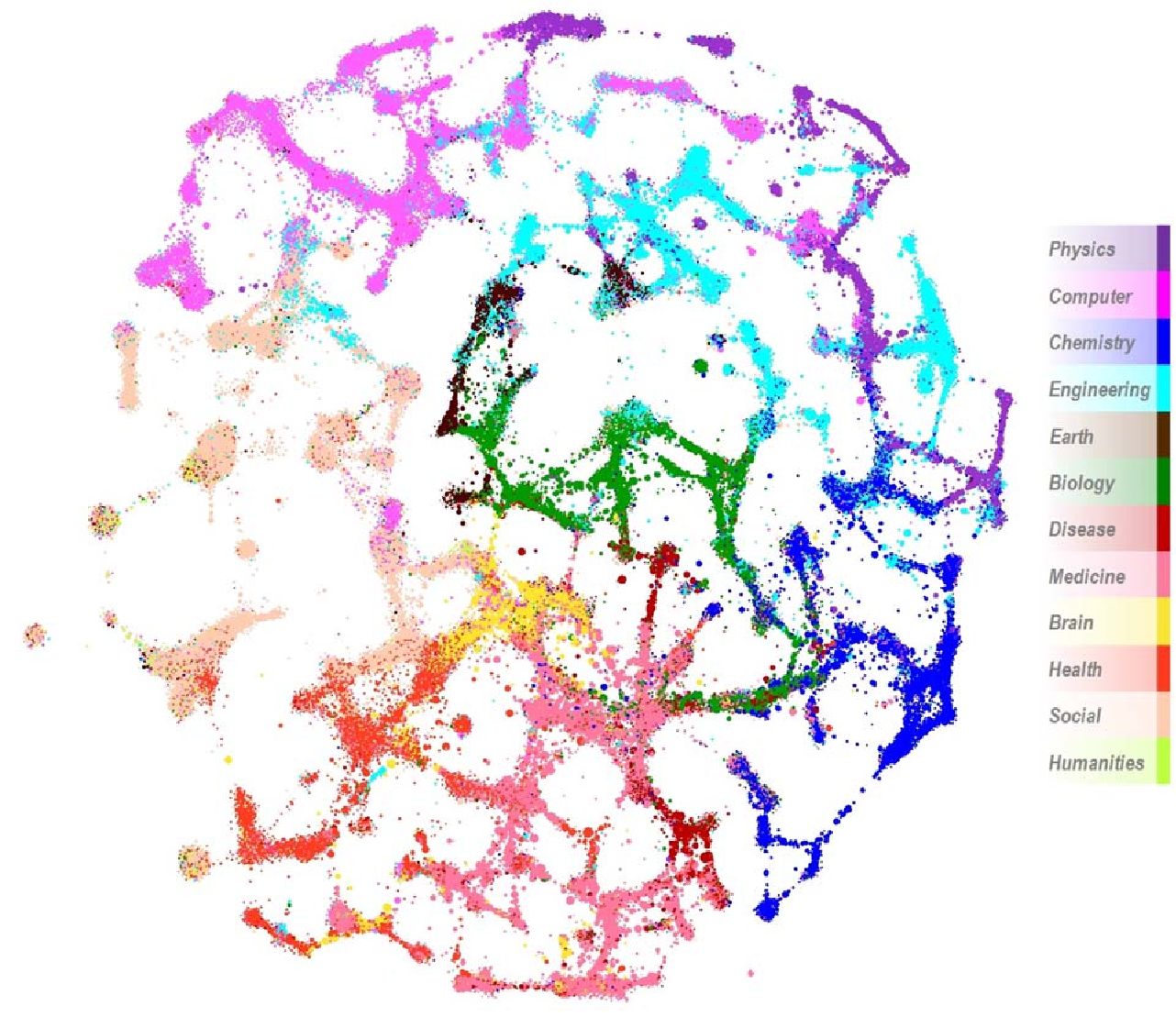Connecting Researchers to Research Grants
A Case Study by AurumNova
Background
The business wants to help its customers (universities) plan which research areas to invest in and make it easier for its faculty staff to win funding for their research.

The Challenge
Risky Investments
Deans want to know if they should invest in a growing area of research. However, to ascertain this, they must categorize thousands of grants for each research topic of interest. This can take weeks to months of work each year, and tabulation of the amounts is error-prone.
Experts Are Scarce
Typically, they employ interns to do the above, but they must be trained and frequently lack the experience of deans and researchers. The process involves numerous different parties with differing opinions and areas of expertise. This results in inconsistent categorization of research grants.Time Wasted
A researcher's area of expertise is niche. However, funding opportunities for research are only broadly categorized. Given that there can be thousands of grants in their area of expertise, researchers spend days to weeks every year searching for relevant funding.

Our Results
- From proof-of-concept to product with customers worldwide in one year.
- Leadership can make more informed decisions about which research areas to invest in and which positions to fill.
- University staff experience increased productivity as they can focus more on their actual research.
These positive outcomes are central to AurumNova's mission. Contact us to discover how AI can significantly enhance your team's capabilities.
How We Did It
Divide & Conquer
We build on the work of R. Klavans and K. Boyack, whose method divides all published scientific research into thousands of topics, also known as areas of research.
Mixture of Experts
We trained multiple Large Language Models on millions of published papers, with each model specializing in various research topics.
Validate with Unis
Deans and senior faculty from several top US universities worked with us to validate the accuracy of AI in categorizing grants. We tested a diverse range of representative topics, from hypersonics to urban health.
More Case Studies

Construction
Revolutionized proposal writing for a global consultancy by creating a collective, searchable knowledge base that enhanced team efficiency and elevated the quality of technical submissions.

Aerospace
Empowered an engineering team with immediate access to a vast digital library—turning 70,000+ pages of research into a navigable, actionable knowledge base.

Gaming
Enhanced AI capabilities through collaborative knowledge sharing, leveraging top models, and developing proprietary features for increased productivity and innovation.
